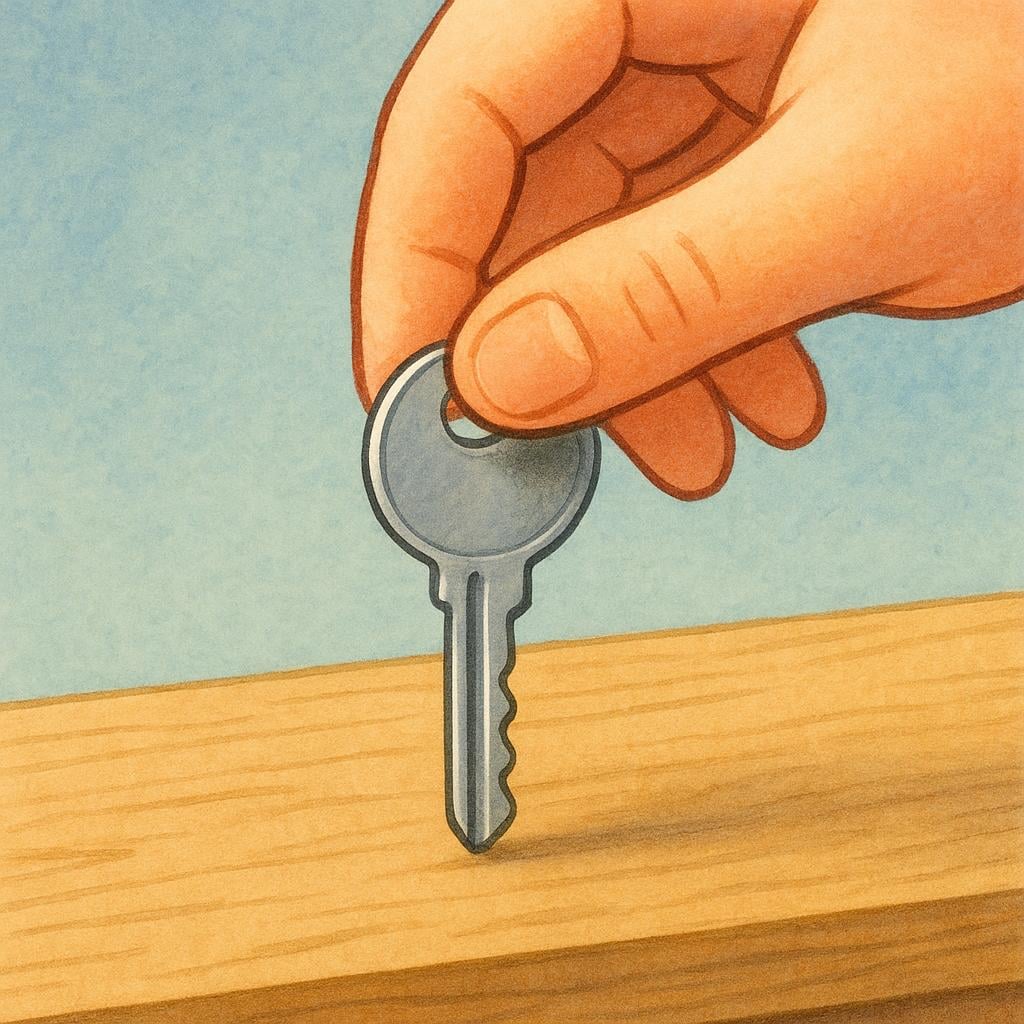puso
/poo-so/
he/she put

Depicting the simple action of placing an object: 'He/she put the keys on the table.'
puso(Verb)
he/she put
?Placing an object somewhere
you put
?Formal 'you' (usted)
,he/she placed
?A slightly more formal alternative to 'put'
📝 In Action
Ella puso las llaves sobre la mesa.
A1She put the keys on the table.
¿Dónde puso usted mi abrigo?
A2Where did you (formal) put my coat?
El cartero puso la carta en el buzón.
A2The mailman put the letter in the mailbox.
💡 Grammar Points
A Past Tense Form of 'Poner'
'Puso' comes from the verb 'poner' (to put). It's used to say that 'he', 'she', or 'you' (formal) put something somewhere, and the action is completely finished.
❌ Common Pitfalls
Irregular, Not Regular!
Mistake: "A common mistake for learners is to try and make 'poner' regular in the past, saying something like *'Él ponió el libro.'*"
Correction: The correct form is 'Él puso el libro.' Remember, 'poner' is a rule-breaker in the past tense and its stem changes to 'pus-'.

Illustrating an emotional effect: 'His comment made her sad.'
puso(Verb)
he/she/it made (someone feel)
?Causing an emotional state
you made (someone feel)
?Formal 'you' (usted)
📝 In Action
La película de terror me puso nervioso.
A2The horror movie made me nervous.
Su comentario la puso triste.
B1His comment made her sad.
El sol nos puso de buen humor.
B1The sun put us in a good mood.
⭐ Usage Tips
Describing Emotional Changes
Use 'poner' + an adjective to talk about how something made a person feel. Think of it like something 'put' them into a certain emotional state. For example, 'me puso triste' literally means 'it put me sad'.

Visualizing the activation of a device: 'He/she turned on the radio.'
puso(Verb)
he/she turned on
?An appliance, music, etc.
you turned on
?Formal 'you' (usted)
,he/she played
?Music or a movie
📝 In Action
Puso la radio para escuchar las noticias.
B1He turned on the radio to listen to the news.
Mi mamá puso la calefacción porque hacía frío.
B1My mom turned on the heat because it was cold.
¿Quién puso esta canción tan buena?
B1Who played this great song?
⭐ Usage Tips
'Poner' vs. 'Encender'
For turning on appliances, 'poner' and 'encender' are often interchangeable. 'Poner' is very common and slightly more informal. You'll hear 'puso la tele' just as often as 'encendió la tele'.
🔄 Conjugations
indicative
present
preterite
imperfect
subjunctive
present
imperfect
✏️ Quick Practice
💡 Quick Quiz: puso
Question 1 of 1
Which sentence uses 'puso' to talk about an emotional change?
📚 More Resources
Frequently Asked Questions
Why is it 'puso' and not 'ponió'?
Because 'poner' is an irregular verb, a 'rule-breaker'! In the preterite past tense, its stem changes from 'pon-' to 'pus-'. This happens for all persons (yo puse, tú pusiste, él puso, etc.). Many common verbs in Spanish have irregular past tense forms like this, so it's a great one to memorize.
What's the difference between 'puso' and 'ponía'?
They are both past tenses of 'poner', but they describe the past in different ways. Use 'puso' for a single, completed action (like a snapshot): 'Él puso el libro en la mesa' (He put the book on the table - it's done). Use 'ponía' for an ongoing or repeated action in the past (like a movie scene): 'Él ponía los libros en el estante cuando sonó el teléfono' (He was putting the books on the shelf when the phone rang).